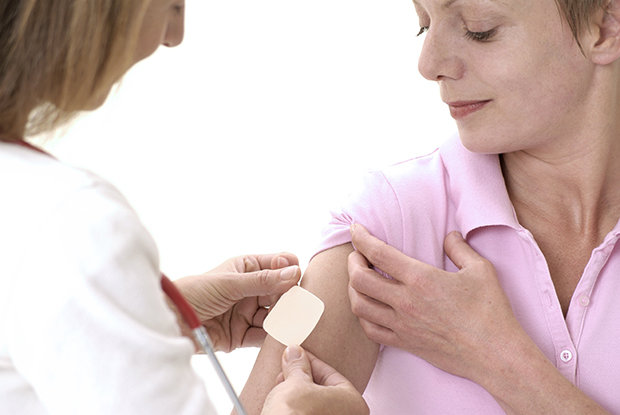
Menopause is a biological process that typically marks the end of your menstrual cycle, and it mainly occurs in your 40’s or 50’s. However, some women develop premature menopause, which occurs before 40. Although menopause is a natural process, it usually results in physical and emotional symptoms that may affect your quality of life. Fortunately, experts such as Daniel Moghadam M.D. use hormone replacement therapy to manage symptoms such as low energy, weight gain, mood changes, and vaginal dryness. Here is what you need to know about hormonal replacement therapy.
What is hormone replacement therapy?
It is the treatment for menopause that involves medication containing female hormones like estrogen and progestin. Women in their menopause with bothersome symptoms such as hot flashes and chills may need a prescription to replace hormones their body no longer produces. Hormone therapy also prevents bone deterioration, reducing your risk for age-related conditions such as osteoporosis.
What are the risks?
Your specialist tailors treatment to meet your individual needs and often reevaluates to ensure that the risks do not outweigh the benefits. The estrogen-progestin pill used in hormone replacement therapy poses a risk of severe health problems such as breast cancer, heart disease, stroke, and blood clots. Variables such as type of hormone therapy, dose, and prescribed period are risk determinants. Risks of hormone replacement therapy vary based on:
Type of hormone therapy
You are more susceptible to endometrial cancer if you only use estrogen medications. The dose and type of estrogen also determine your risk.
Age
Women who start treatment ten years after the onset of menopause or at 60 years and above are more likely to develop severe health conditions like stroke and heart disease. The benefits seem to outweigh the risks of treatment being administered within ten years of menopause onset or below 60 years.
Health history
Individuals at risk of blood clots, heart disease, cancer, and liver disease, or those with a family history of such conditions, need to discuss with a specialist before starting hormone therapy.
Types of hormone therapy
Estrogen production in your body usually declines or stops after menopause. An imbalance in hormone levels may result in undesirable side effects such as vaginal dryness, chills, night sweats, mood changes, weight gain, and slowed metabolism. Here are the two main types of estrogen therapy that your doctor may recommend.
Low-dose vaginal products. These are available in different forms, including cream, ring, and tablet. They reduce the amount of estrogen your body absorbs, and they are only used for menopausal symptoms affecting the vagina and urinary system.
Systemic hormone therapy. It involves pills, creams, sprays, rings, and skin patches with a higher dose of estrogen. The body absorbs the estrogen, relieving common menopausal symptoms such as hot flashes, fatigue, and trouble sleeping.
Usually, your doctor prescribes estrogen along with progestin hormone if you still have your uterus. When used without progestin, estrogen promotes the growth of your uterus lining, which puts you at risk for endometrial cancer. It may be safe to take estrogen without progestin if you’ve had a hysterectomy.
If you need to know whether hormone therapy is the proper treatment for you, consult with your doctor today at Daniel Moghadam, M.D.

